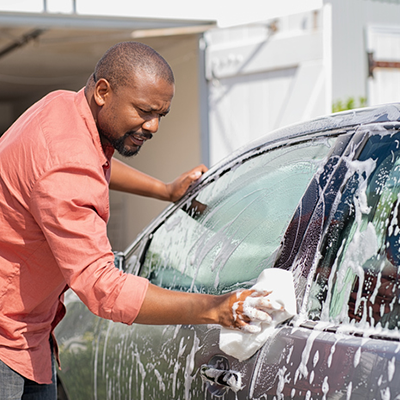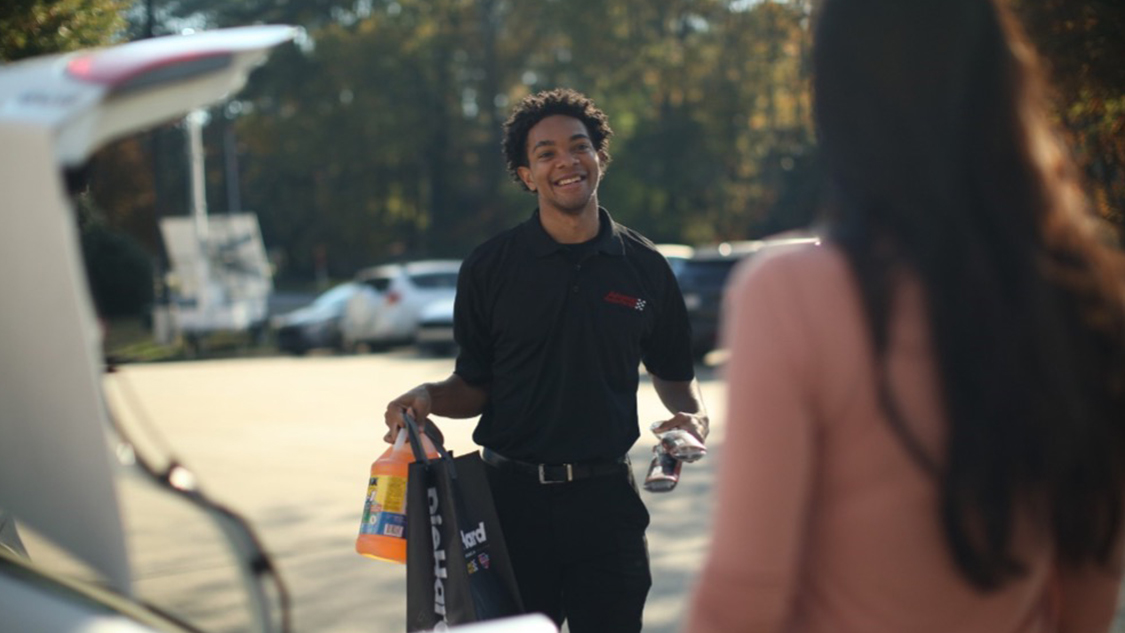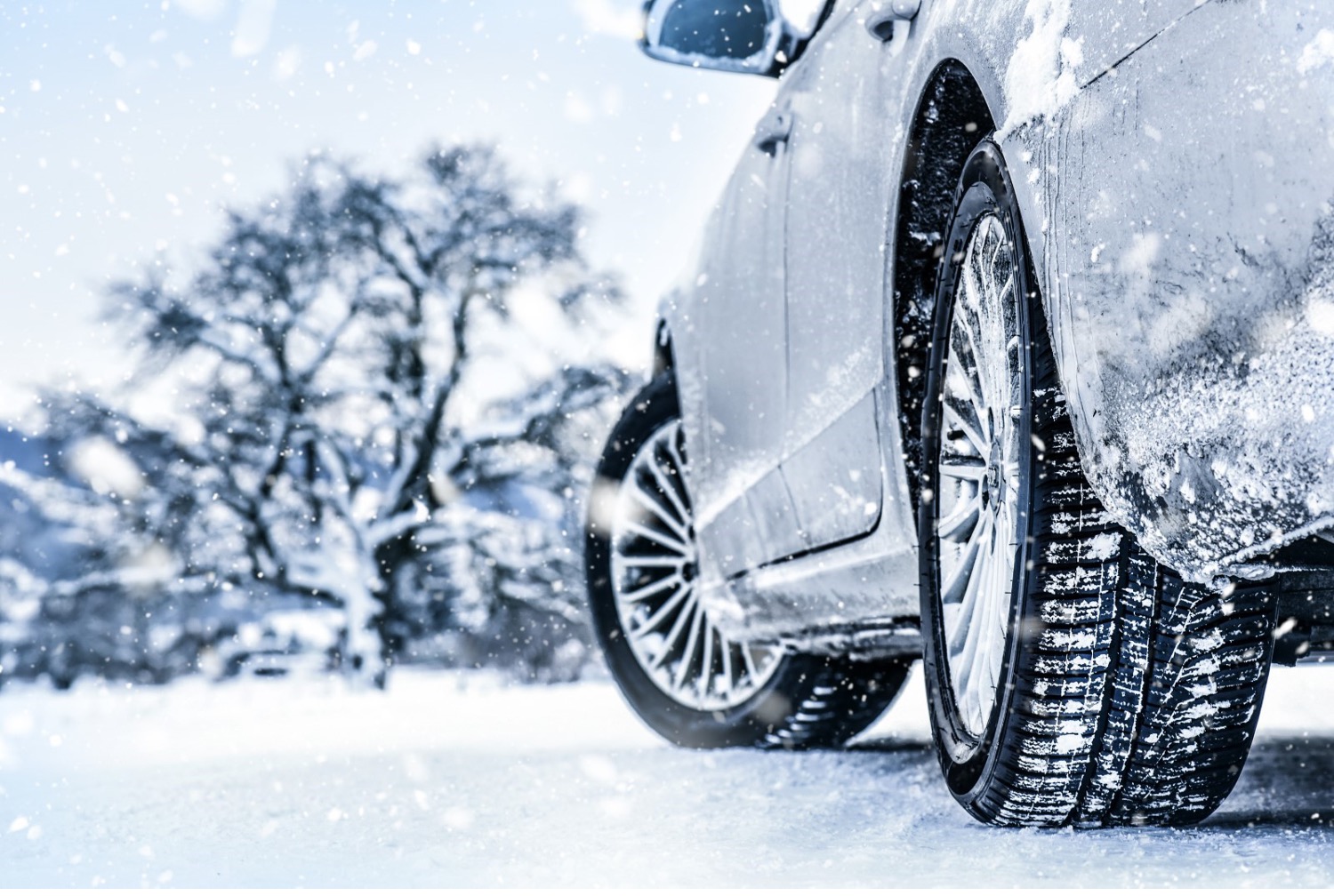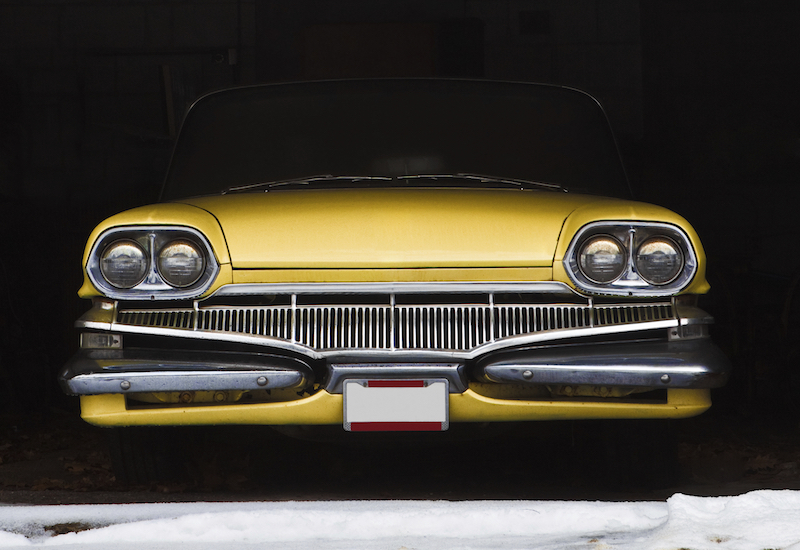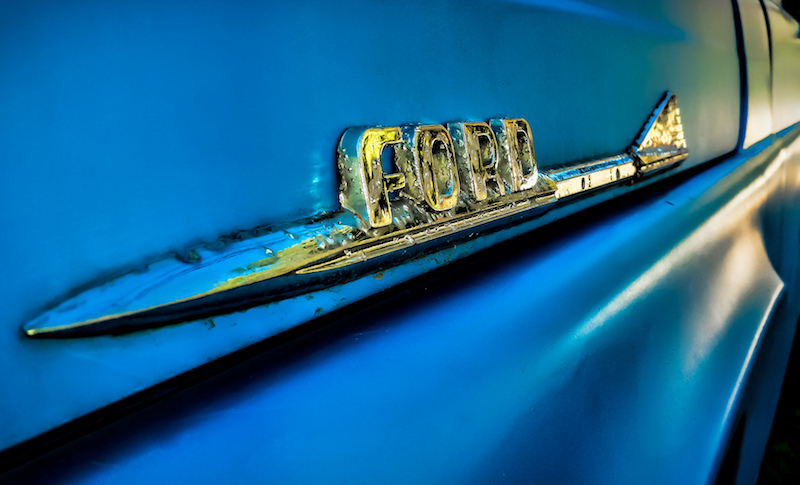
Summer is the season of car shows, cruise nights and sunburns. And although your vehicle isn't alive, it needs some of the same sun protection you do, and for similar reasons. Whether you are dreaming of car show trophies or a high resale value, we'll show you how to survive the heat.
How UV rays damage your car
First, a middle-school science refresher. While you enjoy the warmer summer temperatures, there's a hidden increase in ultraviolet radiation. UV rays are shorter in wavelength than visible sunlight and pack quite a punch. They're what causes a sunburn and also what oxidizes a clear coat, causing it to turn cloudy. Pigments absorb UV over time, making colors change or fade. Plastics and polymers also absorb UV and degrade, becoming brittle or changing shape. This sounds like a bunch of bad news, but there are several options for car paint protection, and some of them are cheap or free.
Find shade
The only real way to protect a car from sun damage is by using a physical barrier. Easy option: do your best to park in the shade. This isn't always possible, but a vehicle parked in shade can be up to 20 degrees cooler on the inside than a vehicle in sunlight, and the physical barrier blocks 100% of UV rays. A garage isn't usually an option for car shows, but most would allow a pop-up shade like a canopy or sail. These affordable sun protectors for cars easily fold up and fit in the trunk.
Use "sunscreen"
Slathering some goop on your vehicle can help protect it from the sun. Sunscreen works for your skin, but wax is the sunlight protection for cars. Don't look for SPF numbers here, as most waxes generally offer the same unpublished protection level. Go with what brand you like and what works for your time and cash investment. While the protective layer is microscopically thin and will be blasted away by the sun and weather in just a few months, that's the point. Reapplying wax is a whole lot easier and cheaper than letting the clear coat take the brunt of the sunlight.
Also, keep your vehicle clean. Wash regularly as needed with a high-quality automotive wash soap instead of that blue stuff from the kitchen. A good wash mitt will help remove stuck-on road grime. This is an important tool, as smashed bugs, sap and bird droppings can permanently damage the clear coat and paint.
One thing to consider is that price does not equal protection. Just because you're spending more doesn't mean you're getting more protection from the sun. Keep that in mind when reading about a new type of coating that claims to last for years. Usually called a nano, ceramic or glass coating, these treatments may or may not be worth the hype. “Ceramic" coatings do provide a more durable and longer-lasting layer of protection versus your average wax, but they are dramatically more expensive and need to be professionally applied. While these coating systems are impressive, conventional wisdom says that $500 will buy enough wax for the life of the vehicle.
Fixing sun damage
Sure, knowing how to avoid sun damage is great for a new car owner, but what about an older project that already looks burned to a crisp? Unless you like that look, you're probably going to want to know how to remove sun spots from car paint. Start with a clay bar — it's affordable, easy and can scrub off that outermost layer of haze.
If that didn't work, it's time for more elbow grease. You need a rubbing compound and buffer. Apply a small amount of compound and work one small area at a time, even if the entire hood needs work. Follow that with buffing by hand, then apply wax and buff again. Extensive car sun damage repair involves sanding off the damaged clear coat or paint, then prep work and respraying new paint and clear coat. Leave that to the professionals and remember the wax next time.
Other areas needing attention
Car exterior protection is more than just paint, so don't forget the plastic and rubber components. To prevent hazing or cracked plastics, use a plastic polish to keep or refresh that factory look. For rubber parts, use rubber protectants formulated to prevent important parts from going brittle. Finally, don't forget the clear parts. Modern (non-glass) headlights take a beating, which is why you'll see cloudy headlights on cars around 10 years old. There are sunlight shielding films that protect headlights, but a spray-on headlight protectant is simpler and easier to apply.
Summer is a great time to be outside with your ride, as long as you both take some precautions. Have any advice for how to protect car paint from the hot summer sun? Let us know in the comments.
